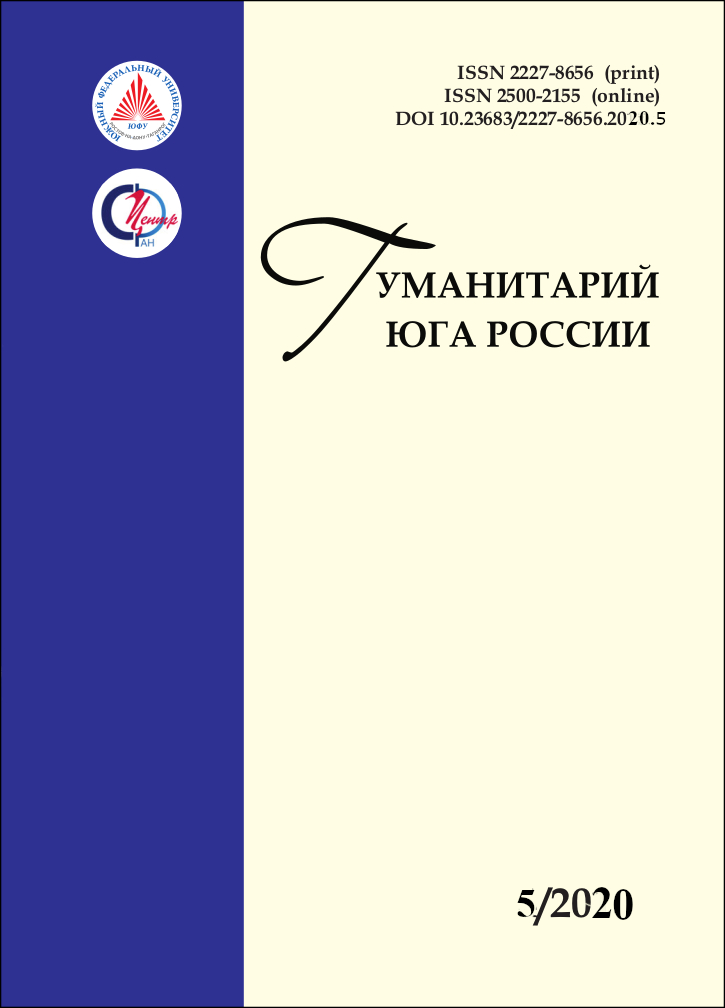Виртуальный музей моды
Научная статья
Аннотация
Литература
Валевская Н.А. Обоснование необходимости создания первого музея моды и костюма в России // Вестник Челябинского государственного педагогического университета. 2012. № 5. С. 229–235.
Валентино Гаравани^ видеоинтервью (каналу YouTube) / DEUTSCHE WELLE // Виртуальный музей знаменитого кутюрье. 2011. Режим доступа: https:// yandex.ru/ video/preview/?filmId=11603398818579067634&text=Виртуальный%20музей%20знаменитого%20кутюрье&path=wizard&parent-reqid=1590819487412900-1565073175 129268646900300-production-app-host-sas-web-yp-35&redircnt=1590819491.1.
Первый в мире виртуальный музей моды // Moda.ru. Режим доступа: moda.ru› news/pervyj-v-mire-virtualnyj-muzej-mody/.
Кибалова Л., Гербенова О., Ламарова М. Иллюстрированная энциклопедия моды / пер. с чеш. И.М. Ильинской, А.А. Лосевой. М.: Артия, 1987. 608 с.
Кулешова А.А., Хачатурова Е.А., Митрохина Т.А. Актуальные тенденции презентации коллекций дизайнеров костюма // Общество. Среда. Развитие. 2018. № 3 (48). C. 68–74.
Стивенсон Н. История моды в деталях. С XVIII века до наших дней пер. с англ. А. Балашовой. М.: Эксмо, 2020. 288 с.
Топ-10 лучших музеев моды в мире. Режим доступа: https://most-beauty.ru/ drugoe/10-luchshih-muzeev-mody.html.
Труды ВНИИТЭ. Техническая эстетика // Творческие направления в современном и зарубежном дизайне : сб. / ред. Т.А. Арестова, М.Э. Кошель. М.: Изд-во БФ ВНИИТЭ, 1990. 150 с.
Фукай А., Ний Р., Кога Р. История моды с XVIII по ХХ век. Коллекция Института костюма Киото. М.: Арт-Родник, 2008. 720 с.
Юрьева Т.Ю. Музееведение : учебник для высшей школы/ 3-е изд. испр. и доп. М.: Gaudeamus, 2006. 560 с.
The collection of the Kyoto Costume Institute. Fashion. A History from 18th to the 20th Century. Tokyo, 2002.
The Conran, Terence Directory of Design / En. by S. Bayley. N.Y.: Villard Books, 1985.
Breward C. Fashion. Oxford History of Art. OUP Oxford, 2003. 272 p.
Поступила: 29.07.2020
Опубликована: 09.12.2020






